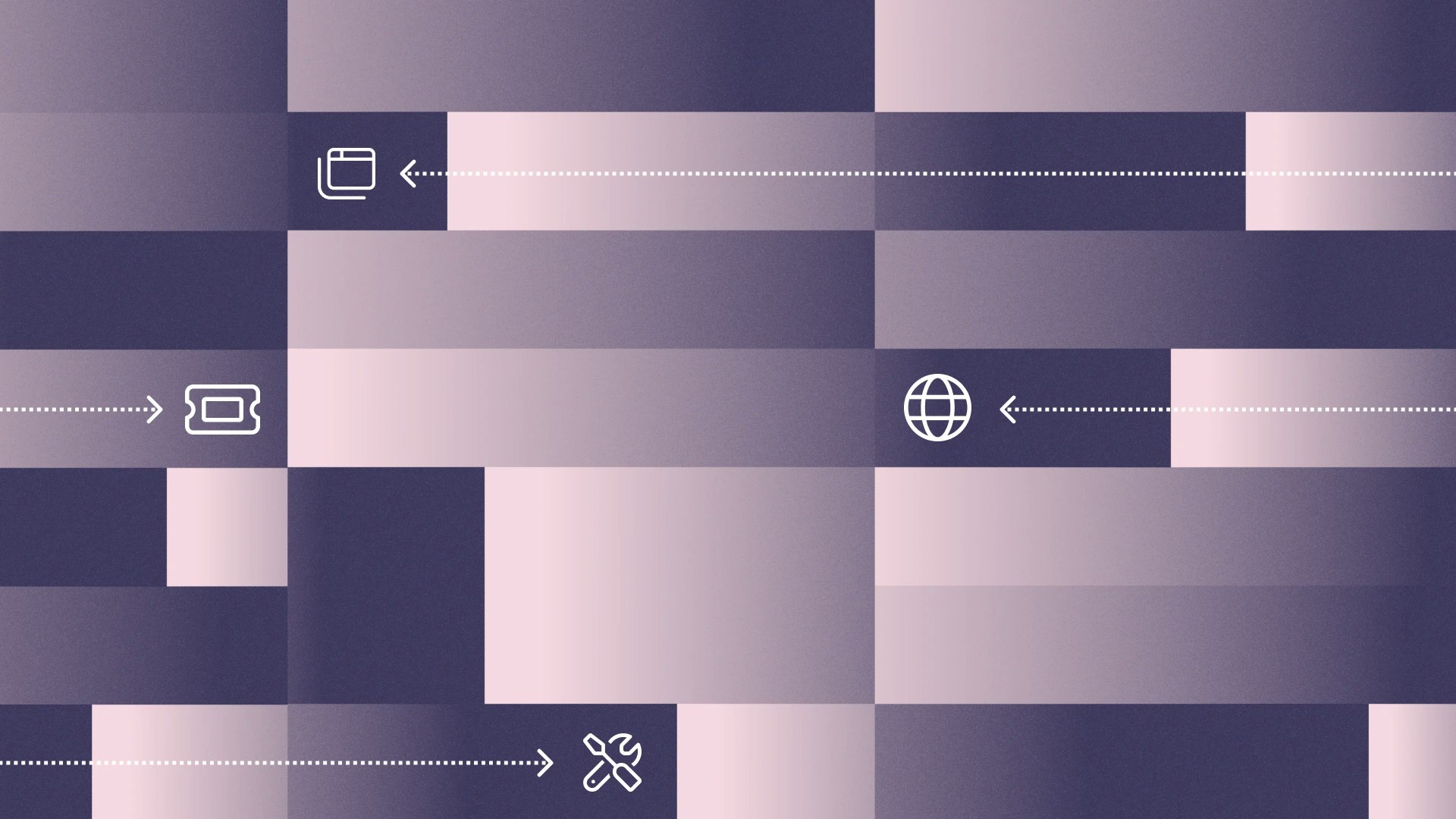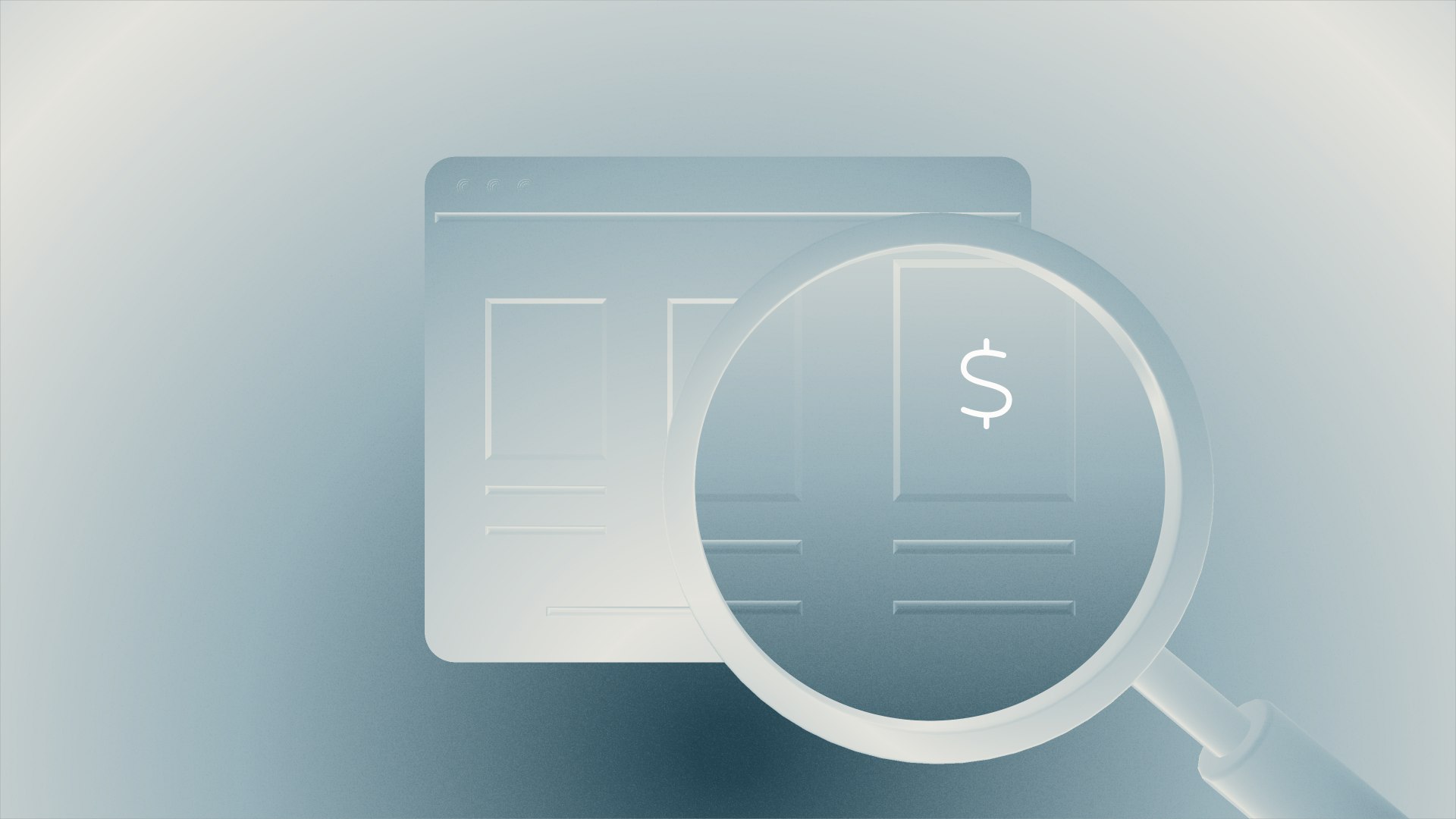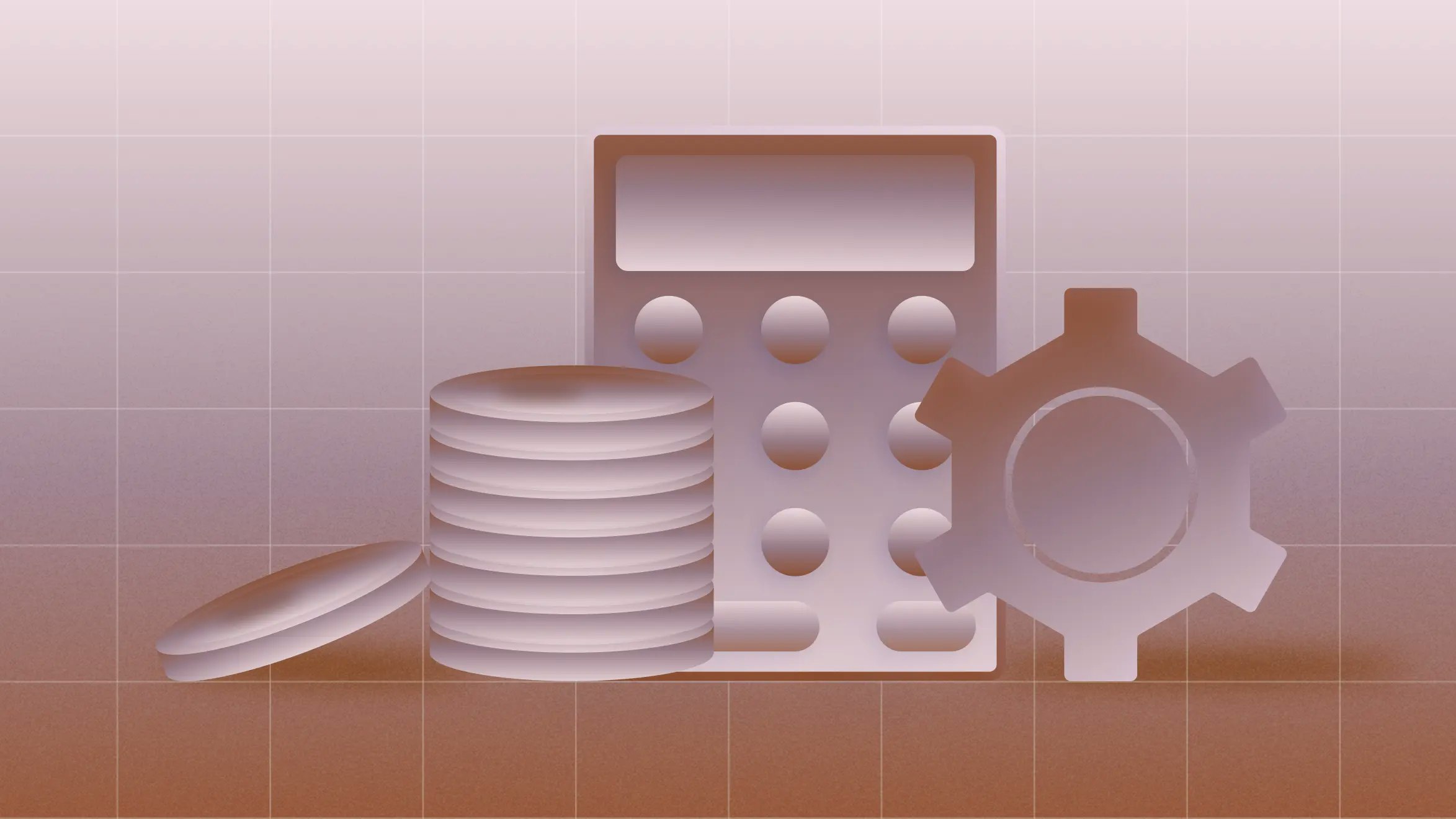What are miscellaneous expenses? Definition, examples, and accounting treatment

You’ve probably seen a miscellaneous expenses line on your income statement and wondered what it actually means. It sounds harmless, like a catchall for small, random costs, but it can also be a signal of unclear bookkeeping.
Understanding what miscellaneous expenses are and how they work can help you maintain cleaner records, prepare for tax season, and avoid confusion when reviewing financial statements. Here’s what this category covers, when it’s OK to use it, and how to manage it properly.
What are miscellaneous expenses?
The definition of a miscellaneous expense is a minor, infrequent, or non-recurring business cost that doesn’t fit neatly into another accounting category. These expenses are often small enough that creating a new account for them would be unnecessary. For example, if your team buys an adapter for a printer or pays a parking meter during an off-site meeting, those are too small and irregular to justify new categories. That’s what this line item is for.
You’ll usually find miscellaneous expenses near the bottom of the expense section of your income statement. In your chart of accounts, they appear under general and administrative costs. The category exists for convenience and accounting completeness — a way to capture small outliers without cluttering your books.
Still, it should be used thoughtfully. Overusing the miscellaneous expense category can make your financial reports less transparent and can raise red flags during reviews or audits.
Why businesses use the miscellaneous expense category
The purpose of miscellaneous expenses comes down to practicality. Every business, from startups and freelancers to large corporations, encounters charges that don’t neatly fit a standard bucket. Without the “miscellaneous” option, you might lose track of the expense entirely.
Business typically use the miscellaneous expense category to:
- Capture low-value, unpredictable costs that occur once or twice a year.
- Maintain bookkeeping accuracy when it’s not worth opening a new account.
- Keep records tidy by avoiding dozens of micro-categories.
- Track items that may later reveal patterns. For instance, if a recurring charge begins showing up, you’ll know to recategorize it.
This flexibility makes accounting for miscellaneous expenses useful, but too much reliance on it can blur your financial picture.
Common miscellaneous expense examples
So, what actually counts as a miscellaneous expense?
Generally, miscellaneous expenses are small, infrequent, or one-off costs, such as:
- One-off postage or courier fees
- Small gifts (such as a thank-you card or coffee for a client)
- Parking or tolls not covered by the travel policy
- Replacement office keys or adapters
- Unplanned bank fees or late charges
- A donation to a local event or a small community sponsorship
These miscellaneous expenses examples show what belongs in the category, but it’s just as important to understand what doesn’t.
What doesn’t count as a miscellaneous expense
Some costs don’t belong in this category because they recur or clearly fall under existing accounts, including:
- Recurring software subscriptions or utilities
- Travel, meals, or entertainment
- Payroll, contractor, or vendor payments
- Marketing or professional services
- Rent, insurance, or maintenance
Here’s a side-by-side snapshot:
Miscellaneous | Not miscellaneous |
|---|---|
Parking meter fees | Monthly parking pass |
One-off office supply | Regular office supply order |
Unplanned repair | Scheduled maintenance |
One-time postage costs | Ongoing courier contract |
Bank service fee | Merchant processing fees |
As a rule of thumb, if the cost repeats, it deserves its own category. Or, if it exceeds a set amount (say $100), it likely shouldn’t be recorded as “miscellaneous.”
Accounting treatment of miscellaneous expenses
Properly recording miscellaneous expenses ensures your books stay accurate and transparent. Here’s how to handle them in your accounting system and why this small category deserves careful attention.
Where miscellaneous expenses fit
You can find miscellaneous expenses in the income statement under operating expenses. In your chart of accounts, they’re typically listed under “general and administrative” (G&A).
When recording miscellaneous expenses, avoid creating automatic rules that dump uncategorized costs into this bucket. This can make the category balloon, which can cause you to lose insights into how the money is really being spent.
Why overuse causes problems
Overusing the miscellaneous expenses category can:
- Reduce visibility into where your business is actually spending.
- Distort category-level reports, such as “office supplies” or “professional fees.”
- Make tax preparation harder and deductions less defensible.
- Increase the chance of an audit flag, if “miscellaneous” becomes a large percentage of total expenses.
In short, “miscellaneous” should be a small, well-defined corner of your books — not a black hole for unclear transactions.
How to record miscellaneous expenses, step by step
If you’re managing your own bookkeeping, here’s how to properly handle accounting for miscellaneous expenses:
- Identify the transaction. Review each charge to determine whether or not it belongs elsewhere.
- Determine the size. If it’s a small, one-off expense, it may qualify as miscellaneous.
- Assign to your chart of accounts. Record it under the “miscellaneous expense” line in your G&A section.
- Add a short note. Include a description, like “client gift - cookies” or “replacement HDMI cable.”
- Revisit regularly. If you see the same kind of cost appear again, create a new category to improve clarity.
Tools can help by automatically categorizing recurring expenses and flagging ambiguous transactions for manual review, so your “miscellaneous” line stays lean and accurate.
Are miscellaneous expenses tax-deductible?
Many founders ask, “Are miscellaneous expenses deductible?” The answer is, it depends.
Generally, business-related miscellaneous expenses can be deductible if they’re ordinary and necessary for running your business, even if they occur infrequently. A small parking fee for a client meeting, for example, qualifies because it’s part of normal business operations.
However, if you lump too much under “miscellaneous,” it becomes harder to justify deductions. The IRS (and CRA in Canada) expect you to classify expenses accurately. Too many undefined deductions may raise questions during an audit.
According to IRS Publication 529 (Miscellaneous Deductions), most individual taxpayers can no longer claim “miscellaneous itemized deductions” unless they fall under specific, qualified categories. For businesses, though, legitimate operational expenses — even those recorded as “miscellaneous” — can typically be deducted, as long as they meet the ordinary-and-necessary test.
Founders and small business owners should break down miscellaneous expense categories whenever possible to make deductions cleaner and reporting smoother.
Tip: Keep receipts and add clear memos in your accounting software. This makes year-end tax filing faster and strengthens your documentation, which helps if the deduction is ever questioned.
Best practices for managing miscellaneous expenses
Even the most organized businesses will have miscellaneous expenses. The key is to build a consistent structure to manage them.
1. Set a threshold
Decide on a dollar limit (say, $50 or $100) for what qualifies as a miscellaneous expense. Anything larger should get its own category.
2. Use specific categories first
Always check whether a charge fits an existing account before defaulting to “miscellaneous.”
3. Review quarterly
During your financial close, review the miscellaneous expense line. If certain costs repeat, move them into new categories.
4. Add context in notes
Attach short notes or memos in your bookkeeping software. A few words like “client coffee as thank-you” can save hours of confusion later.
5. Leverage software
Accounting tools, such as Mercury’s accounting automations, can automatically categorize transactions, detect patterns, and flag anything that might otherwise get buried in a “miscellaneous” category. Automation ensures accuracy, while helping you focus on bigger financial insights.
6. Track patterns over time
If the miscellaneous expenses meaning or definition starts to shift for your business — for example, if you’re logging the same small marketing charges every month — that’s a sign to update your chart of accounts.
Remember, “miscellaneous” isn’t a permanent home; it's a temporary parking spot for small costs that still deserve clarity.
The bigger picture: Clarity creates confidence
When you understand miscellaneous expenses in accounting — and, just as crucially, what doesn’t belong there — you’ll get a sharper picture of your company’s true financial health. Small, irregular costs can quietly add up, and knowing exactly what they represent gives you the clarity to plan, budget, and grow with confidence.
The miscellaneous expenses line shouldn’t be a mystery. The more transparent your books are, the easier it is to make smart decisions and maximize deductions. With Mercury’s automations, you can categorize transactions, flag unclear entries, and keep every report accurate, from day one.
See how Mercury’s accounting automations keep your finances clear and effortless.



